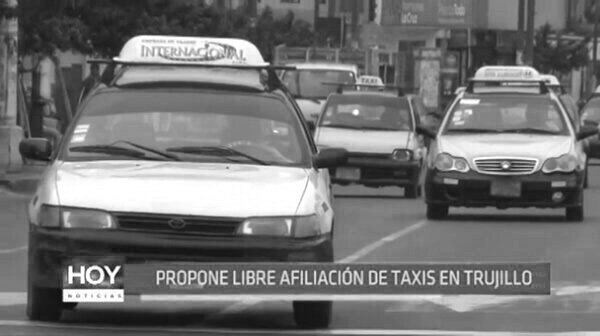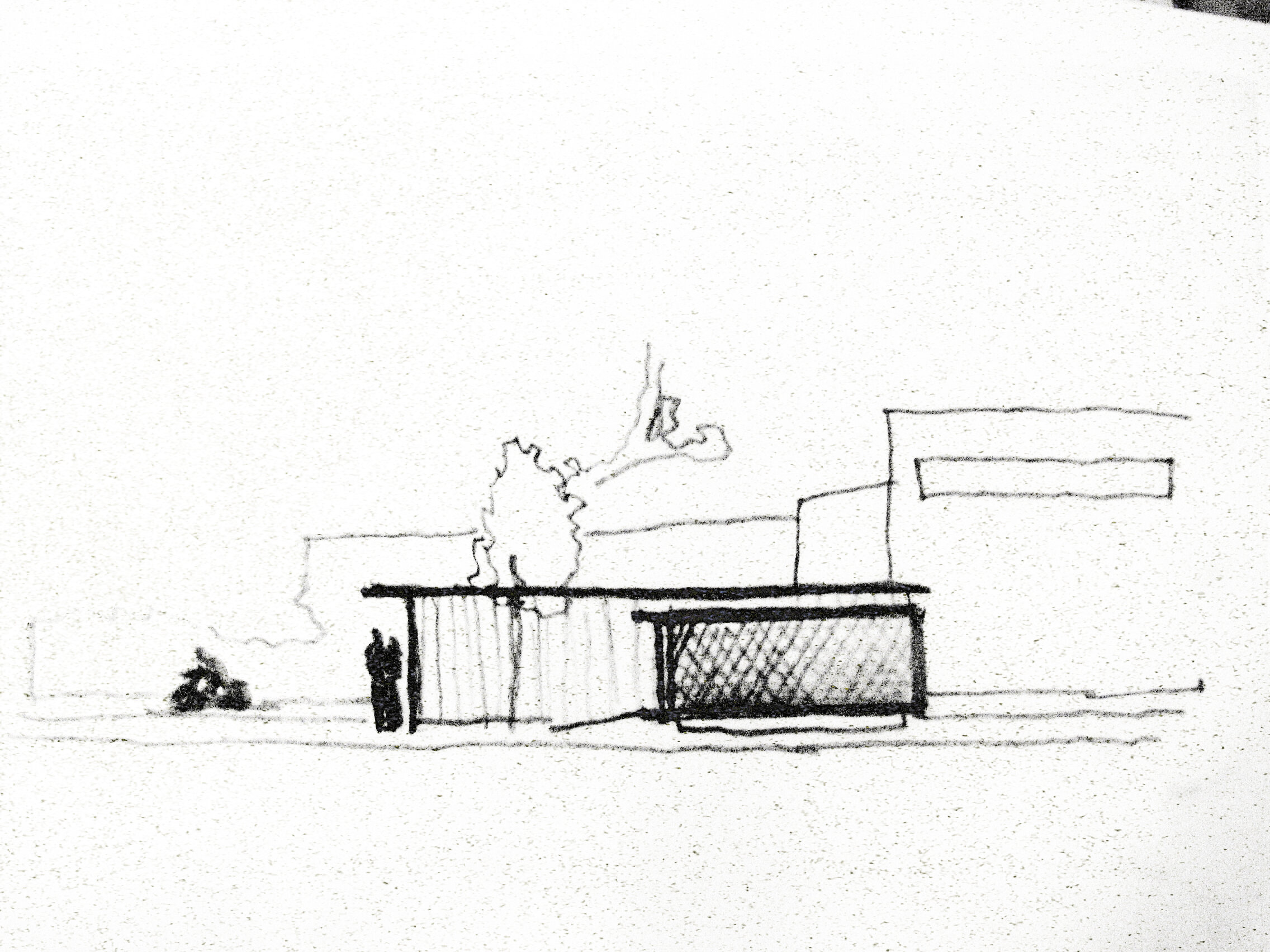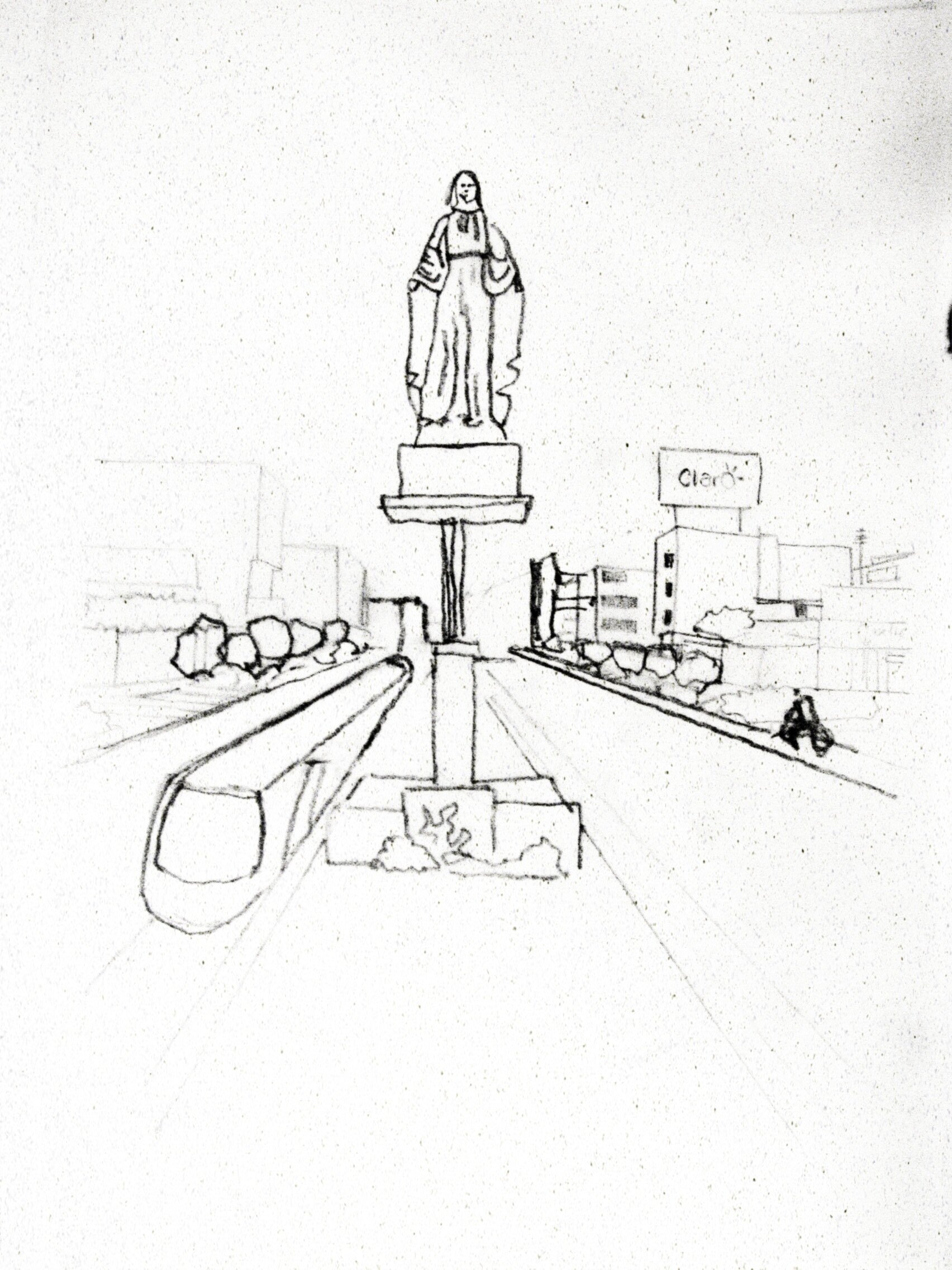Sintaxis/Syntax (no-taxis)
Sintaxis/Syntax was a workshop dictated in Trujillo, Peru in which it was sought to work on the problem of the over-supply of taxis in the city due to the terrible handling that has been given to public transport. The 18-person workshop covered the different zoning and the corresponding analysis of the city due to the demand for passengers, population-dense and punctual neighborhoods which must be tied up with the proposal of the mass transport system.
The public transport network was raised based on the theory of six degrees of separation, a theory that tries to prove that anyone on Earth can be connected to any other person on the planet through a chain of acquaintances that has no more than five intermediaries (connecting both people with only six links). Under this premise, the idea was to interconnect the entire city with a successful combination of mass transport that could be interconnected by transshipment nodes, without the need to congest the center. The lines of said SITM would interconnect residential and commercial areas and, in turn, tourist areas.
The articulated bus was chosen to mobilize large numbers of passengers that are located north of the city to the center, as well as the bus to the south with interconnection with the beach or to the east with the shoe factories, famous in the city . Both options can mobilize more than 15,000 passengers per hour, which transforms them into optimal solutions for these areas. The tram, which mobilizes much less passengers, is used for the cohesion of historical and archeological areas with the city. Finally, there is a network of bike paths that interconnect the historic center (first ring) with residential areas (third ring) as well as a proposal for a metropolitan park to the north of the city that allows mitigating the ecological impact of congestion on the city.
The project has several urban and design strategies. Three end-of-line portals are proposed: the El Porvenir Portal, the end of phase 2 of the Trujillo SITM, where the manufacture of shoes will be linked to a proposal of a commercial gallery and fair for the commercialization of the product. The Nicolás de Pierola Portal, the last destination of the L1 of the Trujillo SITM, where a point is proposed that provides community services, such as public libraries or popular dining rooms and finally the Huanchaco Portal, the last tram destination, will end near the town's beaches.
There are also two new specific projects in the city. On time 1, a new tourism project is proposed at the end of the tour that will potentiate the city's beaches. And point 2, where a place is proposed where visitors can observe the creation of adobe blocks near the Moche river. Finally, for the Historic Center, the design and approach of a strategic mobility plan that prevents the entry of public service vehicles is proposed.
[Research and workshop]
Reorganization of the public transport system. Trujillo, Peru: ELEA Norte 2009.









